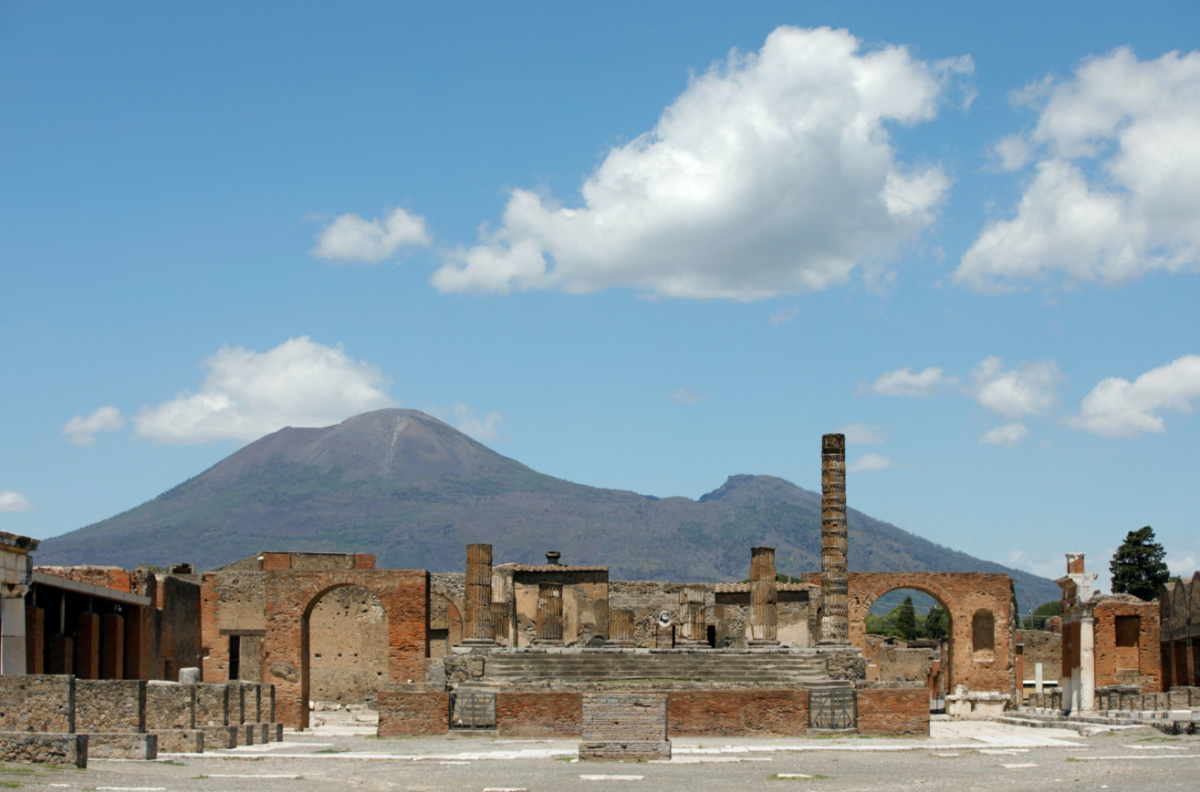Rome, Italy
Reuters
Two skeletons have been found in the ruins of Pompeii, the ancient Roman city wiped out by an eruption of volcano Mount Vesuvius nearly 2,000 years ago, the Italian Culture Ministry said on Tuesday.
The skeletons were recovered from a building known as the “House of the Painters at Work”, and are probably of two men in their 50s who died in an earthquake that accompanied the eruption, a ministry statement said.

The archaeological site of the ancient Roman city of Pompeii is seen, as it reopens to the public with social distancing and hygiene rules, after months of closure due to an outbreak of the coronavirus disease (COVID-19), in Pompeii, Italy, on 26th May, 2020. PICTURE: Reuters/Ciro De Luca/File photo.
Pompeii Archaeological Park Director Gabriel Zuchtriegel said they were killed not by volcanic ash but by collapsing buildings, noting that wall fragments were found between their fractured bones.
“Modern excavation techniques help us to better understand the inferno that completely destroyed the city of Pompeii over two days, killing many inhabitants”, the German archaeologist said.
Pompeii, 23 kilometres south-east of Naples, was home to about 13,000 people when it was buried under ash, pumice pebbles and dust as it endured the force of an eruption in the year 79 AD equivalent to many atomic bombs.
The Culture Ministry said “at least 15 to 20 per cent of the population” was killed. Over the past two and a half centuries, archaeologists have recovered the remains of more than 1,300 victims.
The Pompeii site, not discovered until the 16th century, has seen a burst of recent archaeological activity aimed at halting years of decay and neglect, largely thanks to a recently concluded €105 million EU-funded project.
Italian Culture Minister Gennaro Sangiuliano said conservation and archaeological research efforts would continue.
“The discovery of these two skeletons shows us that we still need to study a lot, do more excavations to bring out everything that is still (hiding) in this immense treasure,” he said.






